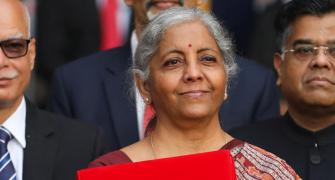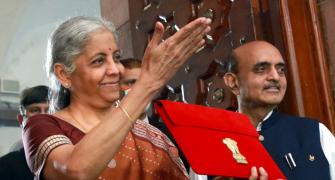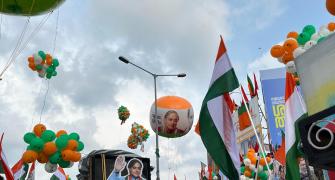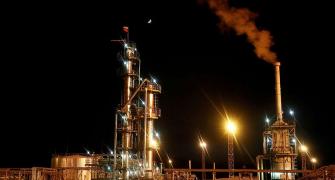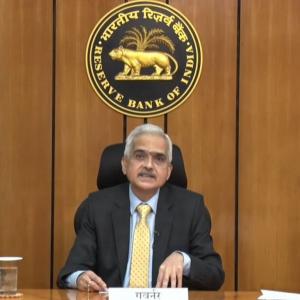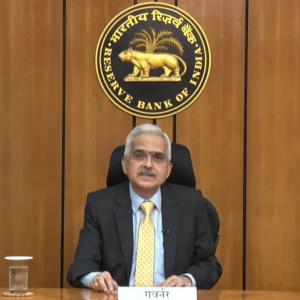The Reserve Bank on Thursday pegged the economic growth rate for 2022-23 at 7.8 per cent, down from 9.2 per cent expected in 2021-22, in view of uncertainties on account of the pandemic and elevated global commodity prices.
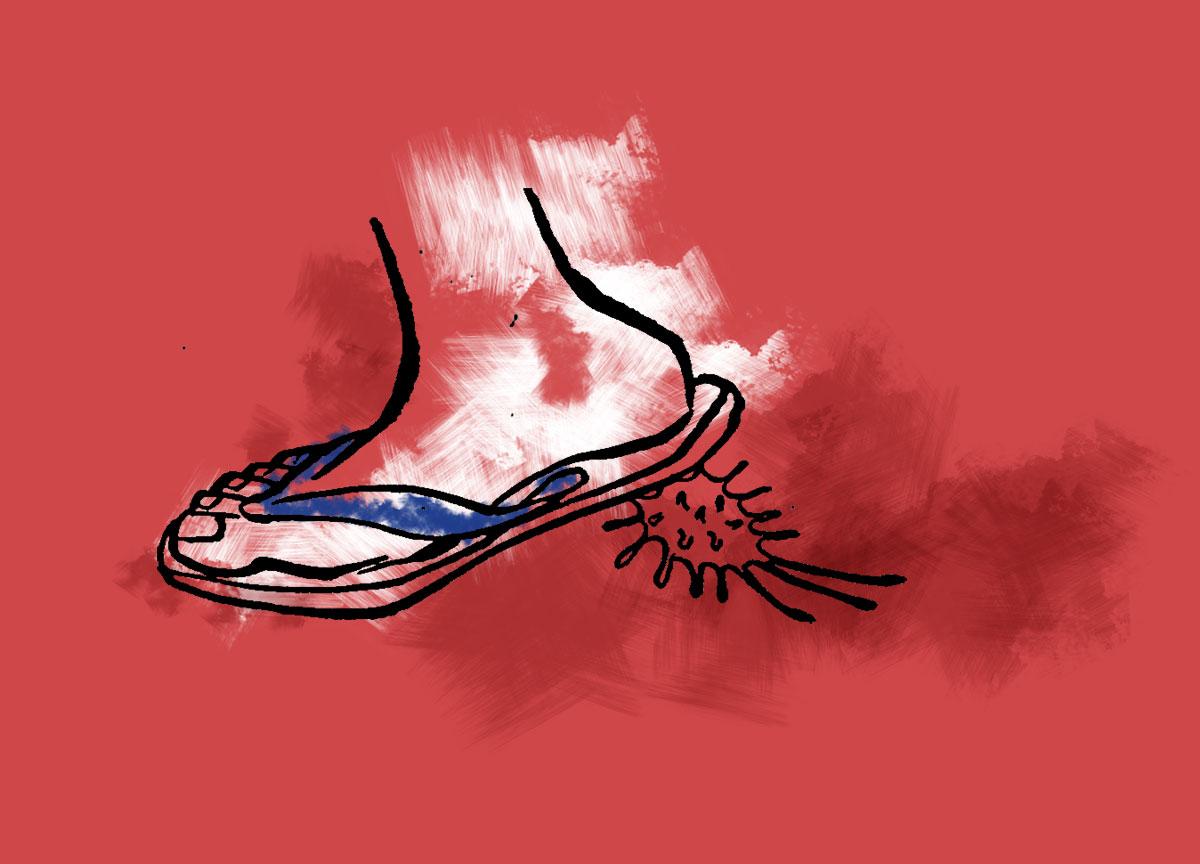
The Reserve Bank's growth projection for next financial year is lower than 8-8.5 per cent projected by the finance ministry in the recent Economic Survey which was tabled in Parliament on January 31.
Unveiling the bi-monthly policy, RBI governor Shaktikanta Das said, "Recovery in domestic economic activity is yet to be broad-based, as private consumption and contact-intensive services remain below pre-pandemic levels."
He observed that the announcements in the Union Budget 2022-23 on boosting public infrastructure through enhanced capital expenditure are expected to augment growth and crowd in private investment through large multiplier effects.
"Global financial market volatility, elevated international commodity prices, especially crude oil, and continuing global supply-side disruptions pose downside risks to the outlook," he added.
Overall, he said, there is some loss of the momentum of near-term growth while global factors are turning adverse.
"Looking ahead, domestic growth drivers are gradually improving. Considering all these factors, real GDP growth is projected at 7.8 per cent for 2022-23 with Q1:2022-23 at 17.2 per cent; Q2 at 7.0 per cent; Q3 at 4.3 per cent; and Q4 at 4.5 per cent," he said.
The first advance estimates of national income released by the National Statistical Office (NSO) on January 7, 2022 placed India's real gross domestic product (GDP) growth at 9.2 per cent for 2021-22, surpassing its pre-pandemic (2019-20) level.
"All major components of GDP exceeded their 2019-20 levels, barring private consumption. In its January 31 release, the NSO revised real GDP growth for 2020-21 to (-) 6.6 per cent from the provisional estimates of (-) 7.3 per cent," he said.
Available high frequency indicators suggest some weakening of demand in January 2022 reflecting the drag on contact-intensive services from the fast spread of the Omicron variant of coronavirus in the country, he said.
Rural demand indicators -- two-wheeler and tractor sales -- contracted in December-January, he said, adding that the area sown under rabi crops up to February 4, 2022 was higher by 1.5 per cent over the previous year.
Amongst the urban demand indicators, he said, consumer durables and passenger vehicle sales contracted in November-December on account of supply constraints while domestic air traffic weakened in January under the impact of Omicron.
Investment activity displayed a mixed picture -- while import of capital goods increased in December, production of capital goods declined on a year-on-year (y-o-y) basis in November.
Merchandise exports remained buoyant for the 11th successive month in January 2022; non-oil, non-gold imports also continued to expand on the back of domestic demand.
The bi-monthly policy comes against the backdrop of the Budget presented earlier this month estimating a nominal GDP of 11.1 per cent for 2022-23. The Economic Survey pegs economic growth at 8-8.5 per cent for next financial year.
The government expects this growth to be fuelled by a massive capital spending programme outlined in the Budget with a view to making crowd in private investment by reinvigorating economic activities and creating demand.
Finance Minister Nirmala Sitharaman raised capital expenditure (capex) by 35.4 per cent for 2022-23 to Rs 7.5 lakh crore to continue the public investment-led recovery of the pandemic-battered economy. The capex this year is pegged at Rs 5.5 lakh crore.
The spending on building multimodal logistics parks, metro systems, highways, and trains is expected to create demand for the private sector as all the projects are to be implemented through contractors.
With regard to borrowing, the government plans to borrow a record Rs 11.6 lakh crore from the market in 2022-23 to meet its expenditure requirement to prop up the economy. This is nearly Rs 2 lakh crore higher than the current year's Budget estimate of Rs 9.7 lakh crore.
Even the gross borrowing for the next financial year will be the highest-ever at Rs 14,95,000 crore as against Rs 12,05,500 crore Budget Estimate (BE) for 2021-22.
Fiscal deficit -- the excess of government expenditure over its revenues -- is estimated to come down to 6.4 per cent of GDP next year as against 6.9 per cent pegged for the current fiscal year ending March 31.
Inflation seen at 5.3% for current FY
The RBI on Thursday said inflation based on consumer price index is expected to come well below its upper tolerance level, at 4.5 per cent, in the next fiscal year beginning April 2022, helped by better fresh crop arrivals, supply-side interventions, as well as prospects of a good monsoon.
Albeit, the global crude oil prices may play truant.
The Reserve Bank of India retained its inflation projection at 5.3 per cent for the current financial year.
Unveiling the last monetary policy for the current fiscal year, RBI Governor Shaktikanta Das said, core inflation remains elevated at tolerance-testing levels. Although the continuing pass through of tax cuts relating to petrol and diesel last November, would help to moderate the input cost pressures to some extent, he said.
RBI keeps a close watch on the CPI inflation to decide on its bi-monthly monetary policy.
Retail inflation rose to a five-month high of 5.59 per cent in December, from 4.91 per cent in November, mainly due to an uptick in food prices.
MPC has been given the mandate to maintain annual inflation at 4 per cent until March 31, 2026, with an upper tolerance of 6 per cent and a lower tolerance of 2 per cent.
The Reserve Bank has kept its key repo rate -- at which it lends short-term money to banks -- unchanged for the 10th time in a row at 4 per cent, to support growth as well as manage the inflationary pressures.
"The transmission of input cost pressures to selling prices remains muted in view of the continuing slack in demand. Further as risks from Omicron (virus) wanes and supply-chain pressures moderate, there could be some softening of core inflation.
"On balance, the inflation projection for 2021-22 is retained at 5.3 per cent, with Q4, that is the current quarter at 5.7 per cent on account of unfavourable base effect that eased subsequently," Das said.
Das further noted that CPI reading for January 2022, is expected to move closer to the upper tolerance band, largely due to adverse base effects. "Taking all these factors into consideration along with the assumption of a normal monsoon, CPI inflation for 2022-23, is projected at 4.5 per cent," Das said.
However, he said that the hardening of crude oil prices presents a major upside risk to the inflation outlook.

